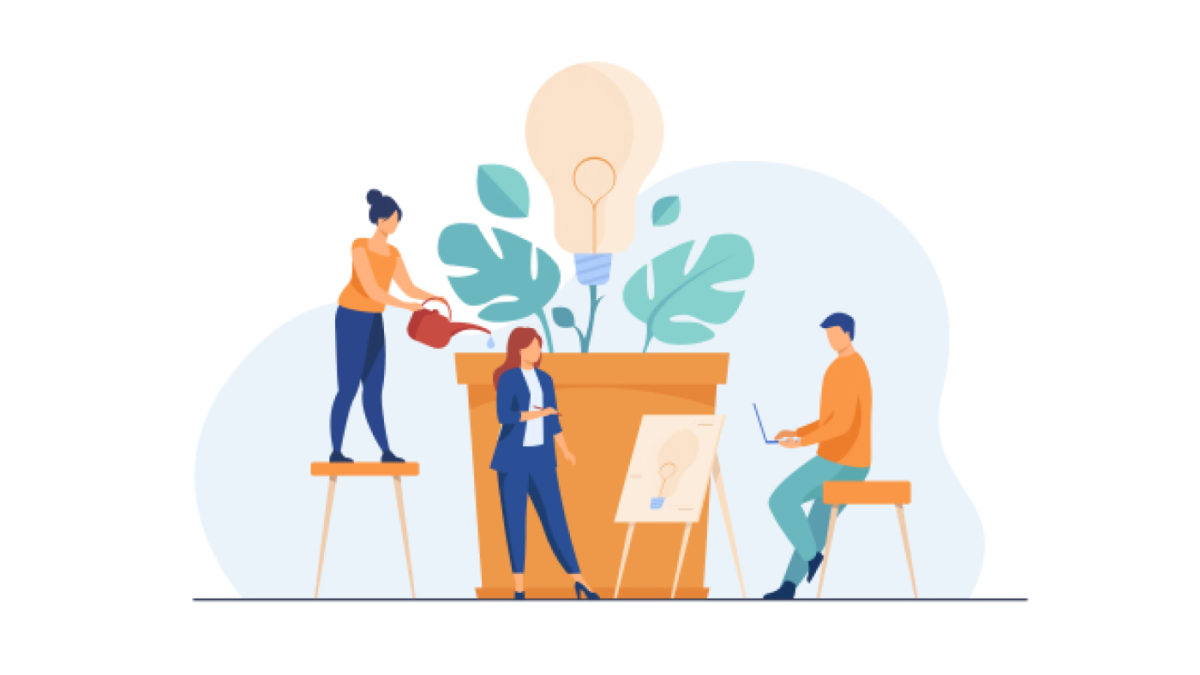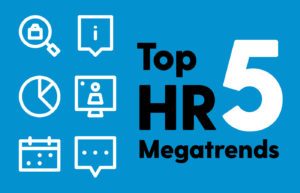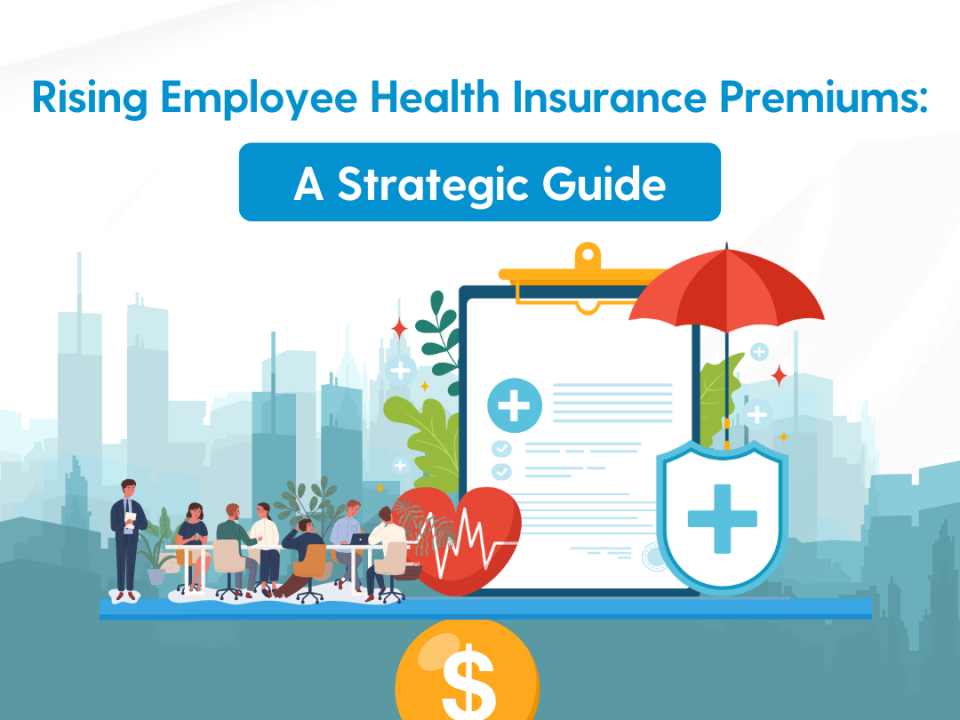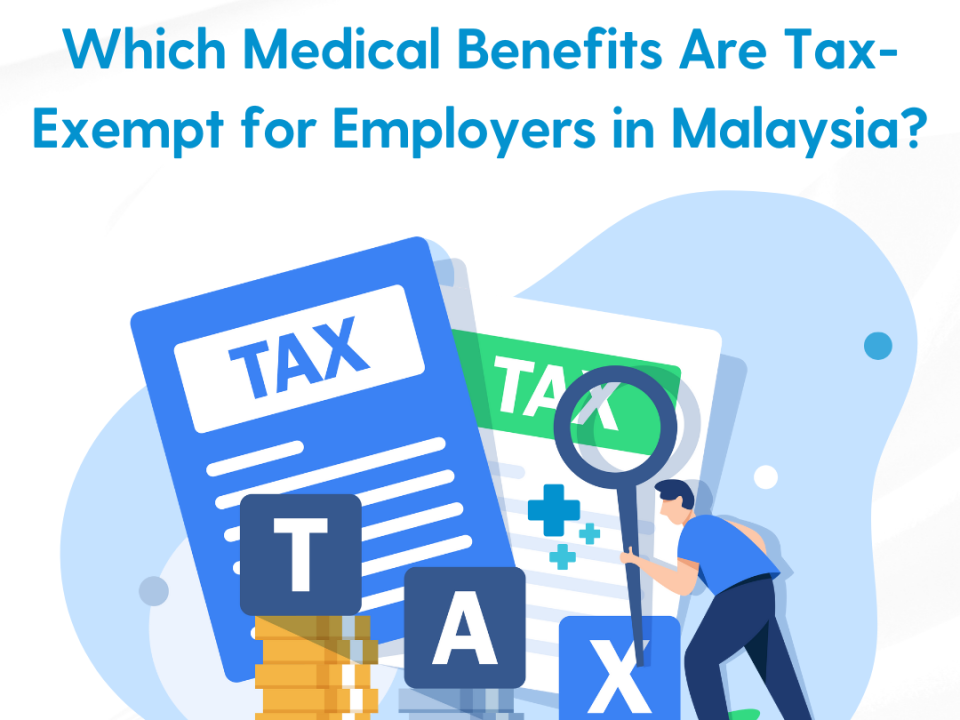
How to attract and retain employees – the complete guide
October 3, 2022
How to support someone with disabilities at work
October 4, 2022HR’s biggest challenge – Shaping the future of workforce
HR
HR’s biggest challenge - Shaping the future of workforce
October 4, 2022
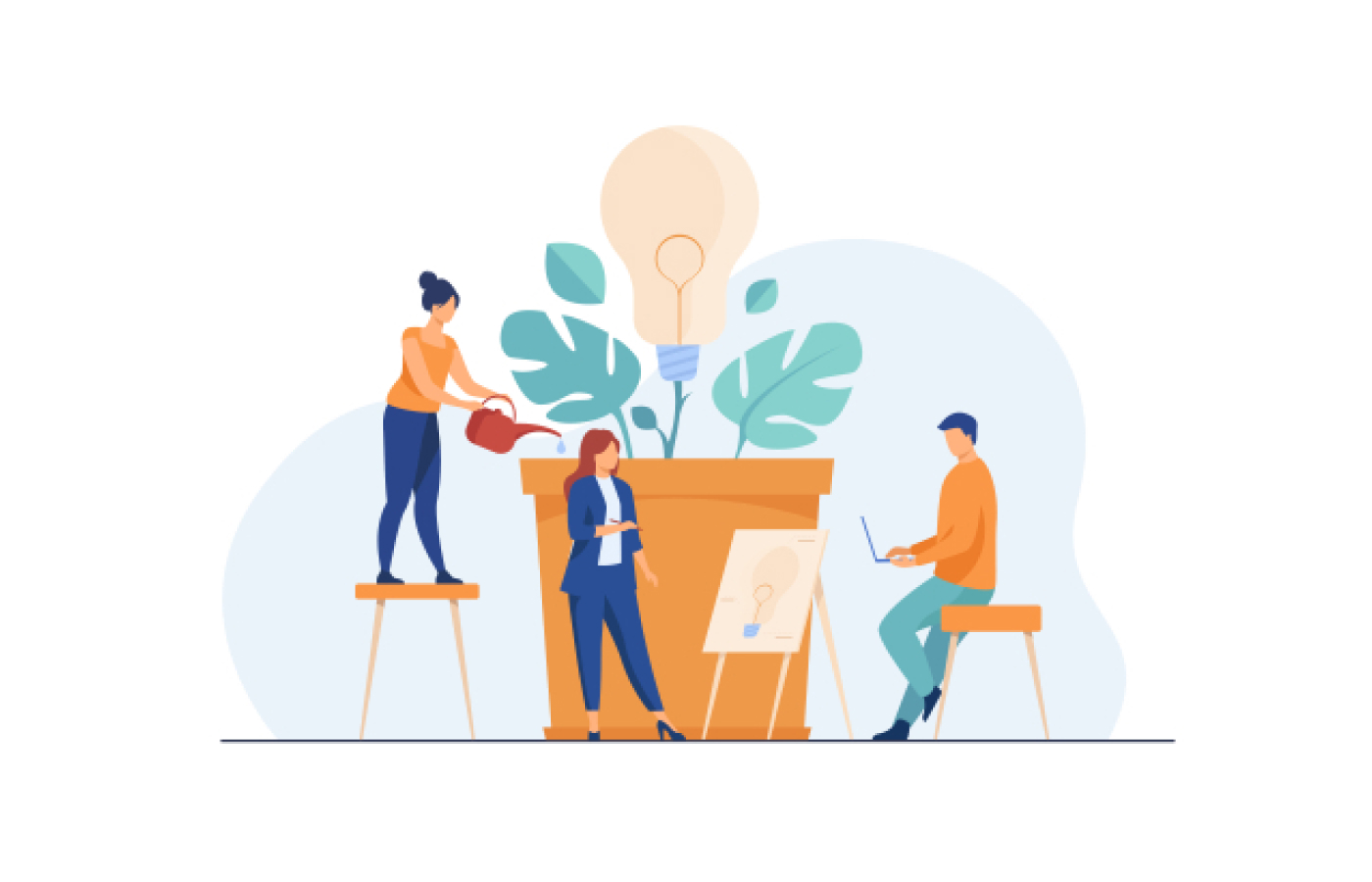
It's a fact that the world of work is changing. The workplace has never been more dynamic and flexible for employees. Rapid technological advancements have begun to affect how we communicate, collaborate, and complete our daily tasks.
Everyone from CEOs to employees recognises that organisations need a radical workforce shaping.
The effect of the Fourth Industrial Revolution is forcing teams to change the shape of their workforce composition. The workplace of the future will soon consist of all worker types, including permanent, gig, contingent, and machine.
The revolution has irreversibly altered the modern workforce's genetic makeup, as 65% of our jobs will not exist or be done in totally new ways within 10 years. In fact, three out of five HR executives agree with this sentiment and believe AI will eliminate more jobs than it creates.
The question is, how will you as a Human Resource department prepare your organisation for this new world?
In this article, we will discuss 4 key items:
- The meaning of "workforce shaping" and "workforce composition".
- One key reason why "workforce shaping" is necessary today.
- The toughest challenge HR is facing to shape the future of workforce.
- 3 ways for HR to start shaping the workplace of the future today.
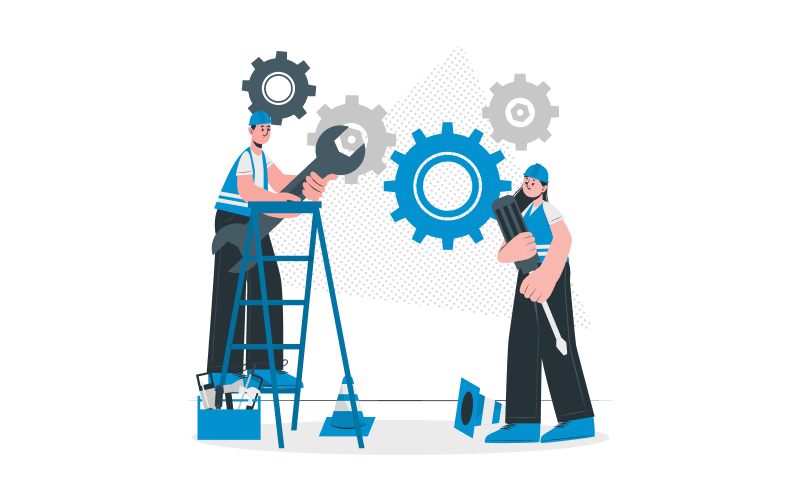
What is "workforce shaping"?
Workforce shaping is about aligning your business models, and human resources needs to make sure you have the right employees with the right skill set at the right time to help the business run efficiently and effectively right now and in the future.
It's about understanding how digital disruption and AI will change the workforce's overall shape, size, composition, and skills — and working to achieve a high-performing workforce by joining humans and machines together.
In short, workforce shaping is identifying your organisation's human resources' future needs and addressing them today.
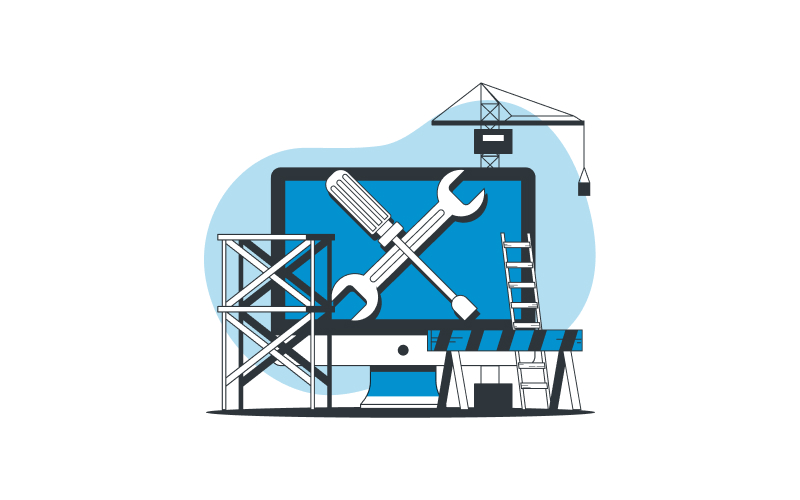
Why is workforce shaping important?
The future of HR is predicted to be fraught with more job changes and retraining as machines step in for human tasks.
This process will involve both current and future workers and gig workers and robots who can quickly take on different roles depending on the situation.
For example, your organisation plans to deploy a bot to automate employee benefits administration. When that happens, the HR department must already be equipped to take more complex and impactful tasks and work effectively with the bot.
The current workforce trained with future-ready skills can work together with machines and technology to drive business value and form a high-performing workforce.
As a result, the organisation will be future-proof and stay as a global leader in the face of the fast-changing Fourth Industrial Revolution.
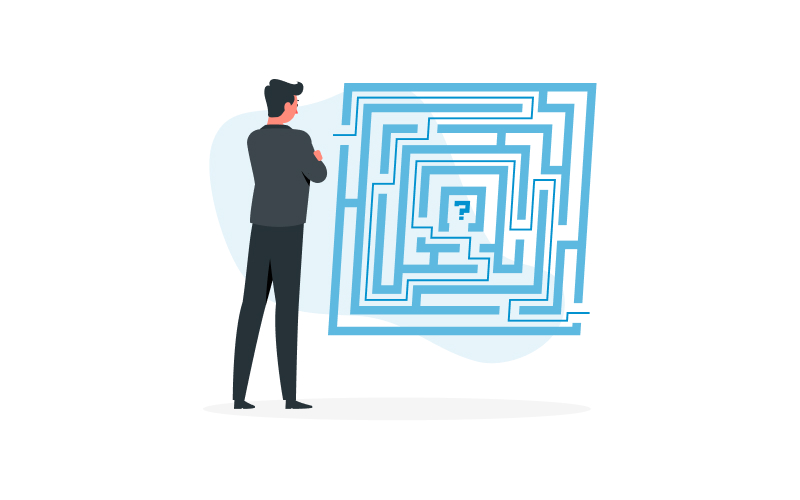
The key obstacle between HR and workforce shaping
Workforce shaping is actually easier said than done.
Over 56% of HR respondents in the KPMG's Future of HR 2020 survey expressed that preparing the workforce for AI and related technologies will be the biggest challenge for their function.
Their reason is: "not prepared to identify the future workforce composition".
In the same survey, 87% of respondents prioritise efforts around identifying future workforce composition. Some are still uncertain about the best approach to do that.
But one thing that's happening for sure is that HR is replacing traditional workforce planning with an ongoing agile workforce process.
What is workforce composition?
Workforce composition is defined as your employees' demographics, skills, roles, and tasks at a specific time.
The thing is, identifying the future skills, roles, and tasks the future needs that work in harmony with technology require a near-impossible task from HR — the ability to forecast the future.
While we don't know how to look into a crystal ball and see the future, here are 3 ways you can start doing to prepare your current workforce with future skills that do not exist, today.
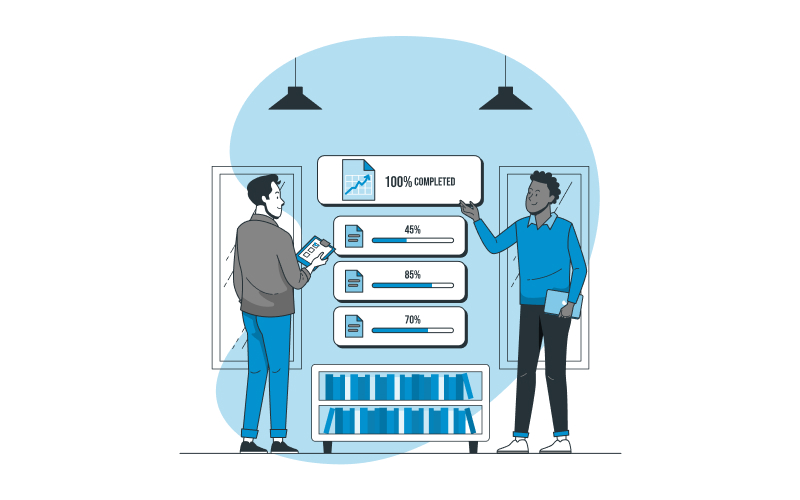
3 practical ways to shape the workforce of the future
1) Start the necessary conversation with your leadership
Far too many companies put off conversations about the impact AI will have on their workforce. They think this won't happen in the next 5 to 10 years. But in fact, these issues need to be addressed today.
Start by bringing up these conversations to your leadership and keep them at the front of their minds.
Here are a few questions to get you started:
- How will we handle employees whose jobs get replaced by a bot?
- How should we reskill employees to equip them with the competencies they will require in the future?
- Which skills and competencies are the most valuable in 5 to 10 years?
- How should we integrate contractors, freelancers, and consultants with our permanent employees?
- How can we redesign job profiles to attract and retain future talents?
- How will technology change career progression?
- How will automation impact the customer journey and employee experience?
2) Identify current tasks that could be replaced by automation or machine learning
The best place to start is by taking an inventory of what your employees do daily.
Write down each task and consider if it could be completed using automation software or apps.
You may find some suggestions that are more effective than others. For example, online benefits platforms have saved HR hundreds of hours from mundane paperwork, while chatbots have helped streamline customer service operations.
Once you've done that, you can then think through how to reconfigure work, roles, and jobs best, so your employees and robots can work effectively together.
3) Work backwards from future business scenarios
Traditional workforce planning starts by identifying the existing workforce and moves forward in time.
Future workforce shaping works the other way, from future business scenarios and then "works back".
This means HR, assisted by advanced analytics, market data and trends, needs to predict several future scenarios and identify the need for new skills required for each scenario.
One scenario, for example, emphasised digital and design thinking skills, but another emphasised supply chain and strategic supplier management skills.
After you've identified future skills, you can design upskilling programs to equip your current workforce with future-ready competencies.
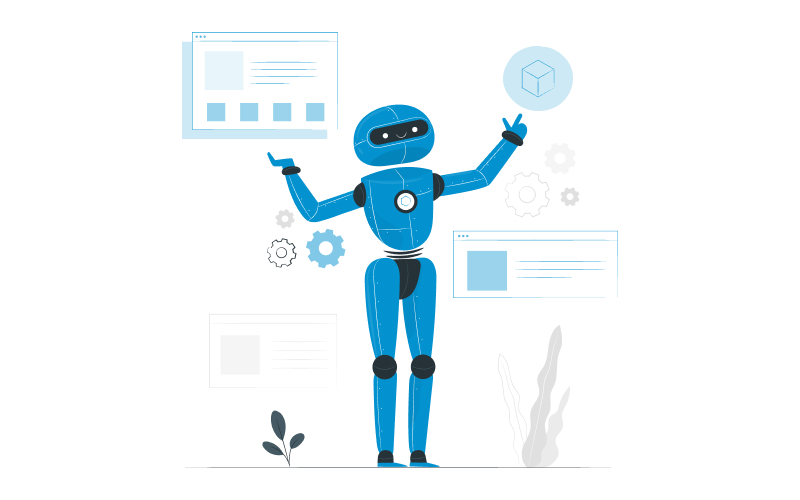
The takeaway
The future workforce will require new human resource capabilities and skills that do not exist today.
Organisations need to evolve and require fast reinvention to stay relevant rapidly. These changes and the demand for increased performance means transforming the workforce.
And workforce shaping is critical for your success.
It is time for companies and HR to address the technology's impact on their workforce in 5 to 10 years, today.
You can start preparing your organisation's workforce shaping in 3 ways:
- Start the necessary conversation with your leadership.
- Identify current tasks that could be replaced with automation and think through how to reconfigure job profiles best.
- Design future business scenarios and work backwards.
Related articles:
- The 5 Key 2022 HR Trends
- The complete employee experience strategy for HR | Mednefits
- 5 ways to talk about mental health at work | Mednefits
About Mednefits:
Mednefits helps businesses take care of their employees with its automated, affordable, and accessible employee benefits platform.
Request to join Mednefits for free to help process and track claims in real-time, while controlling costs.
